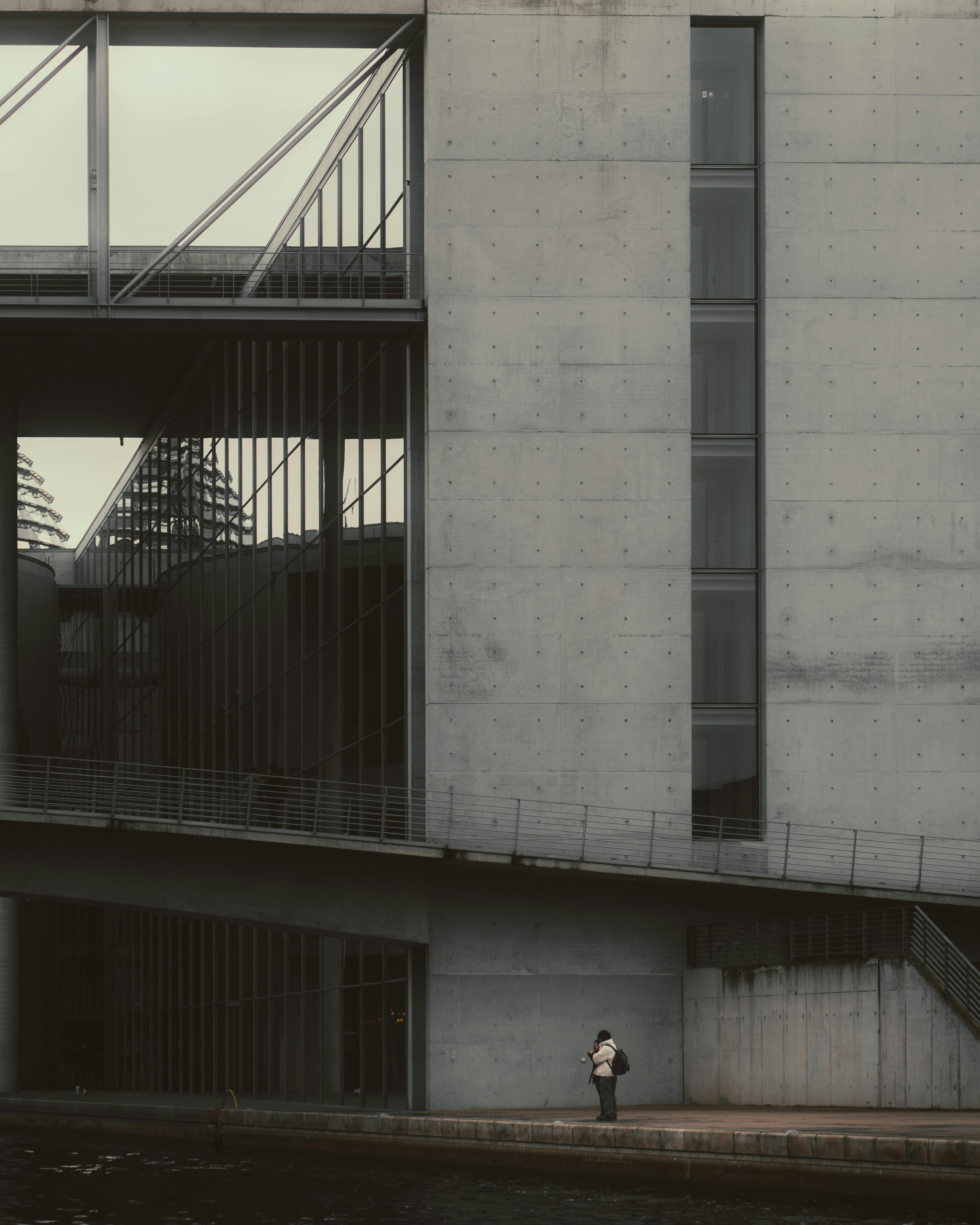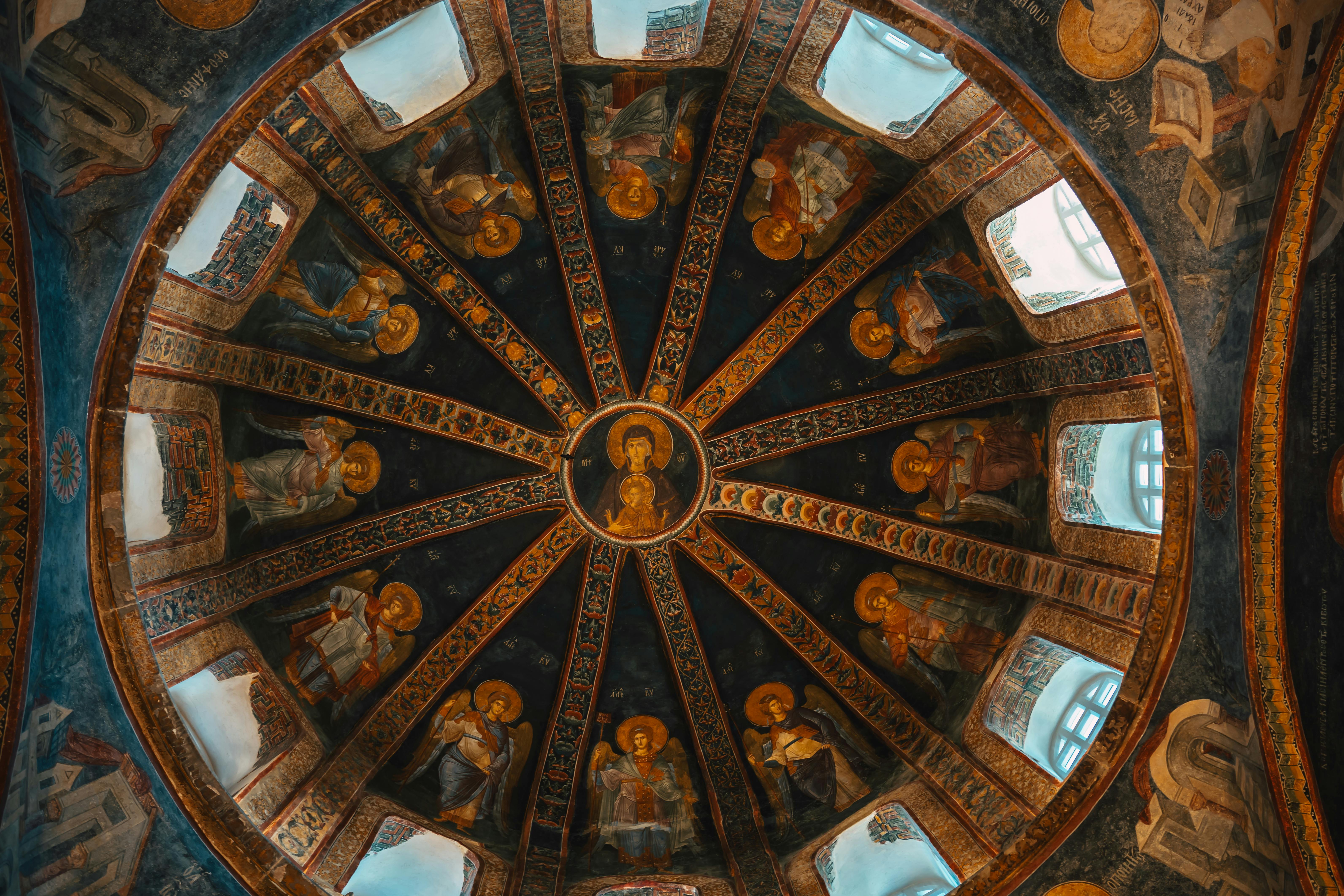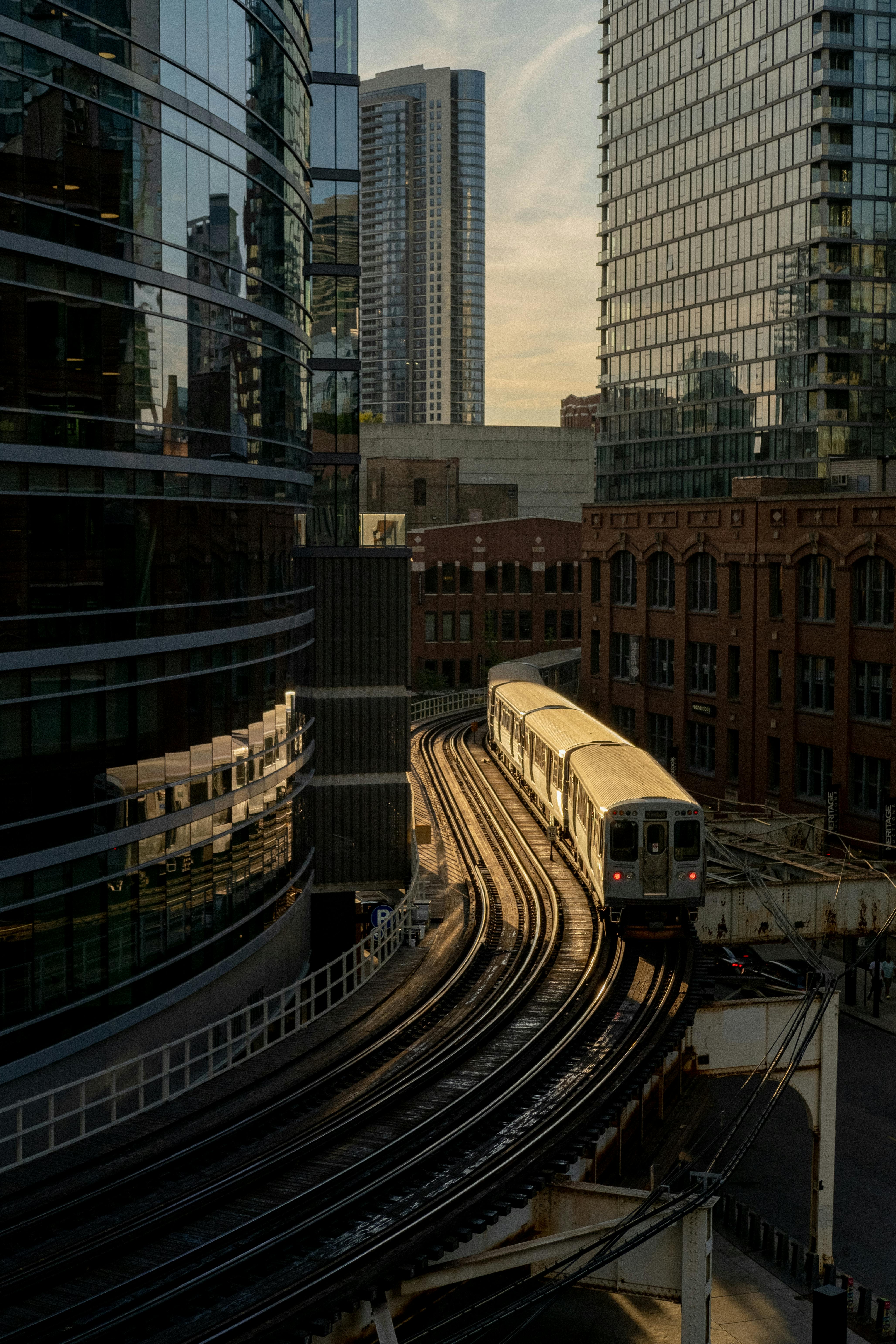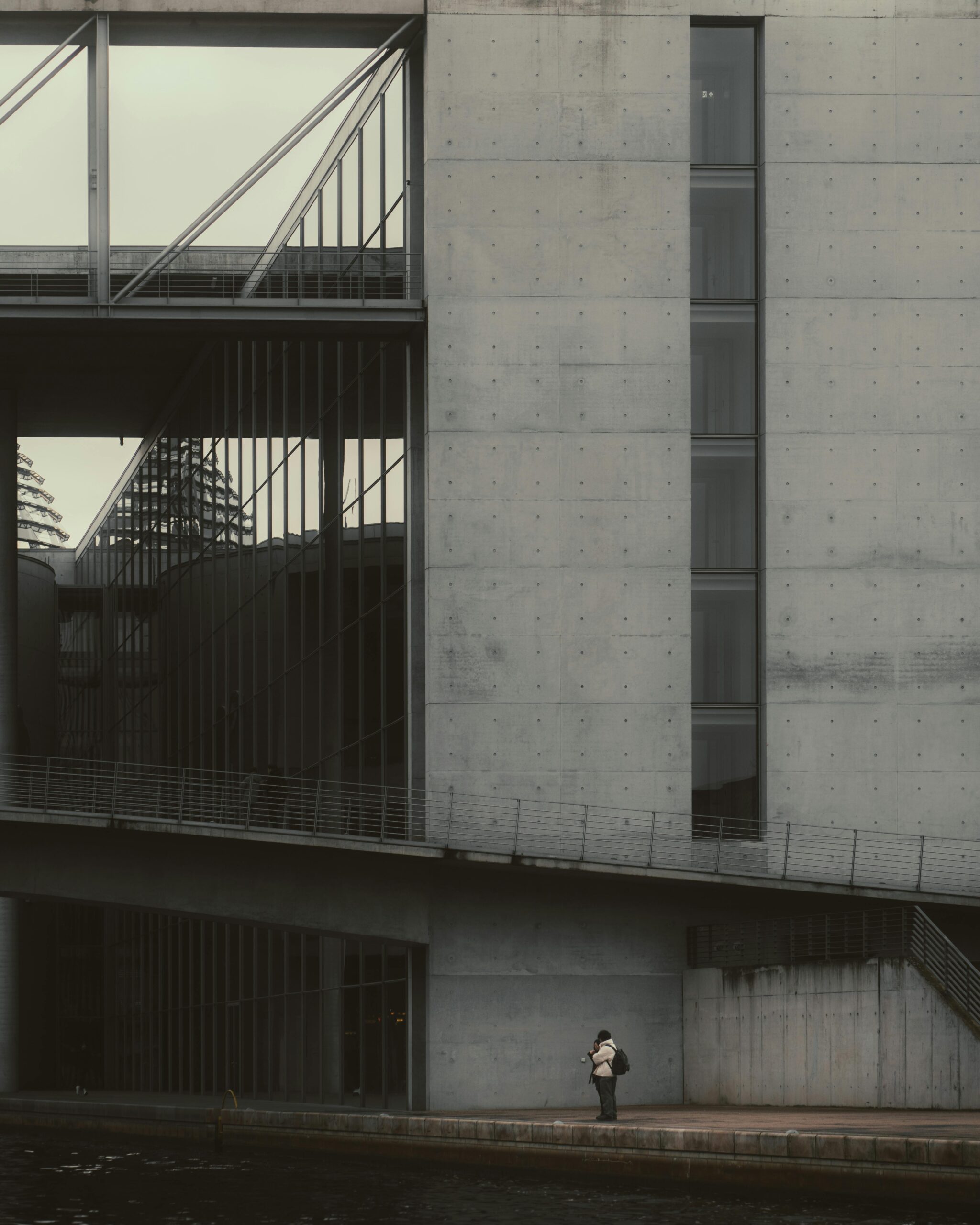Curious about the stunning colonial architecture and historical buildings of Nicaragua? You’re in for a treat! This article is your gateway to exploring Nicaragua’s rich architectural heritage, which beautifully blends Spanish colonial influences with vibrant local culture. Whether you’re planning a trip or simply wish to deepen your knowledge, you’ll discover the best ways to learn about these architectural marvels, from visiting iconic landmarks and museums to engaging in virtual tours and reading up on notable sites. Embark on an enriching journey that will transport you to the cobblestone streets and ornate facades of historic Nicaragua. Have you ever wondered how you can learn about Nicaragua’s colonial architecture and historical buildings? If so, you’re in the right place! Exploring the rich tapestry of Nicaragua’s historical buildings and colonial architecture is like diving into a vivid storybook painted with the hues of the past. Whether you’re planning a trip, doing research, or simply curious about world architecture, this guide is packed with friendly advice to help you delve deeply into Nicaragua’s captivating architectural heritage.
Understanding Nicaraguan Colonial Architecture
The Roots of Colonial Architecture in Nicaragua
Colonial architecture in Nicaragua has its roots deeply embedded in the Spanish colonization period, which began in the 16th century. During this era, Spanish settlers brought their architectural styles, which were significantly influenced by the various periods of Spanish architecture, such as Gothic, Renaissance, and Baroque styles. These styles were then adapted to the local climate, materials, and indigenous influences.
Key Features of Colonial Architecture
Colonial architecture in Nicaragua is distinguished by several key features. Recognizing these features will help you appreciate the nuanced beauty and historical context of these structures. Here’s a quick overview:
| Feature | Description |
|---|---|
| Stucco Walls | Often thick to offer insulation against the tropical heat. |
| Tile Roofs | Typically red clay roof tiles, offering a distinct, rustic appearance. |
| Courtyards | Central courtyards providing a cool, shaded area for relaxation and socializing. |
| Arcades and Columns | Add a touch of grandeur and support the heavy structure. |
| Balconies | Often adorned with wrought-iron railings. |
| Wooden Elements | Doors, window frames, and furniture crafted from local hardwoods. |
Materials and Techniques
Nicaraguan colonial architecture utilized locally available materials like adobe (a mixture of mud and straw), stone, and timber. Builders often used traditional techniques such as wattle and daub for walls, which helped withstand earthquakes.
Historical Cities and Key Sites
Granada
Granada is often referred to as the “Gran Sultana” because of its Moorish and Andalusian appearance. Founded in 1524, it’s one of the oldest colonial cities in the Americas.
Must-visit Sites:
- Granada Cathedral: This stunning yellow cathedral is a prime example of Nicaraguan colonial architecture and is located at the heart of the city in the main square, Parque Central.
- Casa de los Leones: An ancient colonial house that now serves as a cultural center, offering various exhibitions and performances.
- San Francisco Convent and Museum: Originally built in 1529, this convent is now a museum that houses pre-Columbian statues and other artifacts.
León
Founded by Spanish conquistador Francisco Hernández de Córdoba, León is known for its colonial churches and academic institutions. It’s also the intellectual heart of Nicaragua.
Must-visit Sites:
- León Cathedral: Also known as the Royal and Renowned Basilica Cathedral of the Assumption of the Blessed Virgin Mary, it’s a UNESCO World Heritage Site and the largest cathedral in Central America.
- Rubén Darío Museum: The home of Nicaragua’s beloved poet, this museum offers insights into both his life and the colonial period.
- Church of La Recolección: Known for its striking, yellow façade and baroque architecture.

Learning Resources and Methods
Guided Tours
One of the best ways to learn about Nicaragua’s colonial architecture is through guided tours. These tours are often led by knowledgeable local guides who can offer detailed information and anecdotes that you might not find in books.
Museums and Cultural Centers
Museums and cultural centers across Nicaragua provide a wealth of information. Visiting these institutions will give you access to carefully preserved artifacts and detailed exhibits about the local architecture.
Recommended Museums:
- The Museum of Traditions and Legends in León.
- The Mi Museo in Granada, which focuses on pre-Columbian artifacts but also offers insights into colonial history.
Academic Courses and Workshops
If you’re deeply interested in the subject, consider enrolling in an academic course or workshop. Many universities and cultural institutions offer programs focused on Latin American history and architecture.
Books and Publications
Books can be a treasure trove of information. Look for works by authors who specialize in Nicaraguan history and architecture.
Recommended Reads:
- “Granada: Arquitectura y Urbanismo Colonial” by Horacio Silva.
- “Historia de la Arquitectura Colonial en Nicaragua” by Carlos Molina.
Online Platforms
The internet is a fantastic resource for learning about specific aspects of Nicaraguan colonial architecture. Websites, online courses, and virtual tours can offer vast amounts of information at your fingertips.
Recommended Websites:
- UNESCO World Heritage Center, which provides detailed descriptions of listed sites.
- Local tourism websites like Visit Nicaragua, which often feature historical sections.
Influential Architects and Builders
Friar Bartolomé de las Casas
An early Spanish historian and missionary, Friar Bartolomé de las Casas, played a significant role in shaping the architectural landscape of Nicaragua. His influence stemmed from his advocacy for the rights of Indigenous peoples, which indirectly impacted how colonial structures were built and utilized.
Juan Bautista Antonelli
Antonelli was an Italian military engineer employed by the Spanish Empire. Although more famous for his fortifications in the Caribbean, his influence trickled down to the architectural styles seen in Nicaraguan colonial buildings, especially in defensive structures.

Engagement With Local Culture
Festivals and Events
Participating in local festivals can provide insights into the cultural context that influenced Nicaraguan colonial architecture.
Popular Festivals:
- La Purísima: Celebrated in early December, it’s considered one of the most important religious celebrations, connecting deeply with the historical and cultural fabric of the region.
- Holy Week (Semana Santa): A period of significant processions and religious activities, often centered around historically significant colonial churches.
Community Projects
Involvement in community projects focused on the preservation of historical sites can offer hands-on experience and deeper understanding.
Volunteer Opportunities
Several non-profits and organizations focused on cultural preservation might offer volunteer opportunities, allowing you to work directly with experts in the field.
Modern Influences and Preservation
Contemporary Architecture Inspired by Colonial Styles
Modern Nicaraguan architecture often incorporates colonial elements in a hybrid style, blending the old with the new. This fusion is visible in newer hotels, restaurants, and residential buildings that respect the traditional aesthetics while offering modern amenities.
Preservation Efforts
Efforts to preserve Nicaragua’s historical buildings are ongoing, spearheaded by both governmental and non-governmental organizations. Understanding these efforts can give you a comprehensive view of the challenges and successes in preserving this rich heritage.
Organizations Involved:
- International Council on Monuments and Sites (ICOMOS)
- Fundación Entre Volcanes
Practical Tips for Preservation Enthusiasts
If you’re inclined to support preservation efforts, here are a few practical tips:
- Donate: Financial contributions to organizations focused on preservation can make a significant impact.
- Volunteer: Offer your time and skills to help with restoration projects.
- Educate: Spread awareness about the importance of preserving historical sites and architectures.

Conclusion
Learning about Nicaragua’s colonial architecture and historical buildings is a rewarding journey that offers a glimpse into the country’s rich heritage and cultural evolution. By exploring cities like Granada and León, visiting museums, engaging in guided tours, and utilizing various learning resources, you can gain deep insights into this fascinating subject. Whether you’re an architecture enthusiast, a history buff, or someone planning to visit Nicaragua, the architectural wonders of this beautiful country are sure to captivate and inspire you. So, start your adventure today and explore the timeless charm of Nicaragua’s colonial legacy!
